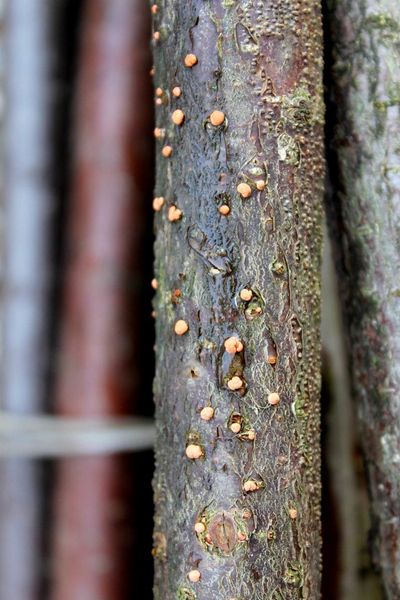Coral Spot Fungus Information
Coral spot is a disease of woody plants caused by the fungus Nectria cinnabarina. It can infect and cause disease in any woody shrub or tree, but it is most common on:
Hazel Beech Hornbeam Sycamore Chestnut
It is not common, although it is possible, on coniferous trees. The coral spot fungus causes branches to die back on affected trees and shrubs, but the infection mostly only impacts those plants that are already weakened. Poor growing conditions, environmental stress, or other pathogen infections can weaken a tree or shrub and make it vulnerable to coral spot fungus.
Signs of Coral Spot Fungus
The first sign you will see of coral spot fungus is the dieback of branches, which means catching the infection before it causes damage is not possible. Coral spot fungus treatment is also not possible, as there are no effective fungicides. The dieback typical of plants affected by coral spot fungus occurs in smaller branches and those that have been pruned or broken. Once the branch has died, you will see the actual fungus. It will produce small, pink or coral-colored blobs on the dead wood. These will turn darker over time and also harden. Each one is about one to four millimeters in diameter.
Coral Spot Fungus Prevention
Since there is no coral spot fungus treatment, you can take steps to prevent it from infecting the trees and shrubs in your garden. Pruning and damaging branches can cause the infection to get into the plant, so always prune when the weather is dry and avoid damage from other sources. When you make cuts for pruning, do so at the collar of a branch. The cut will heal more quickly there, reducing the chance that the fungal spores can infect the tree. If you do see coral spot fungus on any of the deadwood of your trees or shrubs, cut those branches out. Leaving them will only allow the spores to proliferate and infect other branches or trees. Destroy the infected branches after making cuts that go back to healthy wood.
